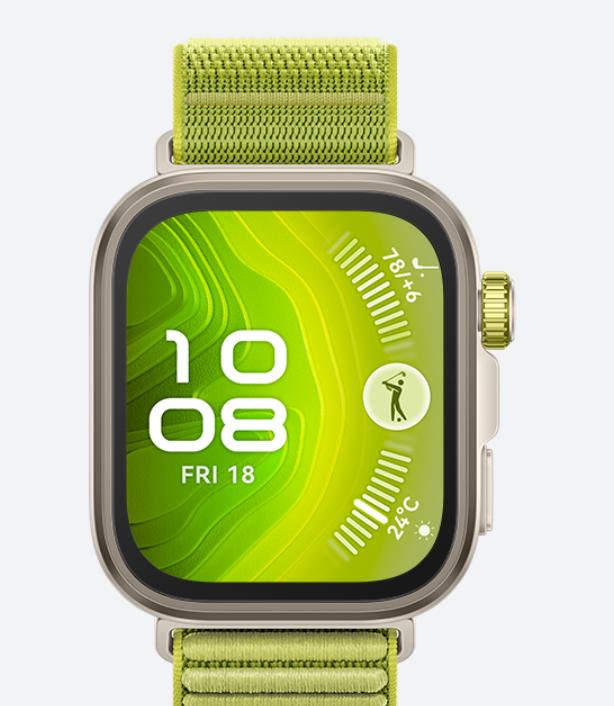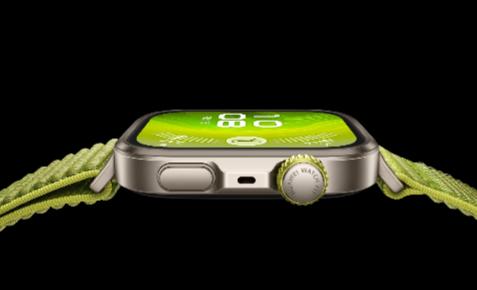Smartwatches have rapidly transitioned from simple timekeepers to essential health and lifestyle companions. As we approach 2030, these devices are poised to become even more integral to our daily lives, especially in tech-forward cities like Los Angeles. With advancements in artificial intelligence, health monitoring, and sustainable design, smartwatches are set to redefine personal technology. This article delves into the anticipated innovations and trends that will shape the smartwatch landscape by 2030.

The Evolution of Smartwatches: 2025–2030
The journey of smartwatches from 2025 to 2030
showcases significant technological strides. These devices have evolved beyond
basic functionalities, integrating advanced features that cater to a wide range
of user needs.
From Fitness Trackers to Health Companions
Initially designed to monitor steps and heart rates,
smartwatches have transformed into comprehensive health companions. By 2030,
they are expected to offer real-time diagnostics, predictive analytics, and
personalized treatment plans. Advanced health monitoring capabilities, such as
continuous glucose monitoring and blood pressure tracking without external
cuffs, are becoming standard features. These innovations enable early disease
detection through AI-driven biomarker analysis, positioning smartwatches as
pivotal tools in proactive healthcare management.
Integration with Daily Life and Work
Beyond health, smartwatches are seamlessly integrating
into daily routines and professional environments. They facilitate efficient
communication, manage schedules, and even control smart home devices. In
workplaces, especially in tech hubs like Los Angeles, smartwatches enhance
productivity by providing quick access to notifications and enabling hands-free
operations. The incorporation of augmented reality (AR) and virtual reality
(VR) features allows users to interact with digital environments directly from
their wrists, revolutionizing how we engage with technology.
Key Innovations Shaping Smartwatches by 2030
The next generation of smartwatches is defined by
groundbreaking innovations that enhance user experience and functionality.
These advancements are particularly relevant in urban centers like Los Angeles,
where technology adoption is high.
Advanced Health Monitoring and Predictive Analytics
Smartwatches are becoming central to personalized
healthcare. By 2030, they will feature advanced sensors capable of monitoring a
range of health metrics, including blood oxygen levels, hydration, and mental
health indicators. AI integration enables these devices to analyze patterns in
the data to identify trends or potential health issues before they become
critical, offering early warnings and tailored health advice. Companies are
developing medical-grade wearables that track physiological signals such as
heart rate variability and skin temperature. These devices are used for
real-time physiological data capture, aiding in early disease detection and
management.
AI Integration and Personalized User Experience
Artificial intelligence is at the forefront of
smartwatch innovation. AI-powered smartwatches offer personalized fitness
coaching, mental health support, and seamless integration within smart
ecosystems. These devices can analyze user behavior to provide tailored
recommendations, enhancing user engagement and satisfaction. For instance, AI
innovations push smartwatches even further ahead in capabilities far beyond
fitness. Advanced health monitoring and personalized fitness coaching, mental
health support, and effortless integration within a smart ecosystem redefine
the use of the device.
Sustainability and Design in Future Wearables
As environmental concerns grow, the design and
manufacturing of smartwatches are shifting towards sustainability. This trend
is evident in eco-conscious cities like Los Angeles, where consumers prioritize
environmentally friendly products.
Eco-Friendly Materials and Energy Efficiency
Manufacturers are adopting eco-friendly materials and
energy-efficient technologies in smartwatch production. Innovations in design
and clean energy have driven dramatic reductions in product emissions. These
devices utilize recycled materials and are designed for energy efficiency,
reducing their environmental impact. Such initiatives resonate with
environmentally conscious consumers and set new standards for sustainable
product design.
Modular Designs and Circular Economy Practices
The future of smartwatch design includes modularity, allowing users to upgrade or replace components easily. Open-source smartwatches exemplify this trend, featuring repairable and upgradable components that extend device lifespan and reduce electronic waste. These practices align with circular economy principles, promoting sustainability through product longevity and resource efficiency. Such designs are gaining popularity among consumers seeking customizable and environmentally responsible technology solutions.

Conclusion
By 2030, smartwatches will have transformed into
indispensable tools that seamlessly integrate into various aspects of daily
life. Advancements in health monitoring, AI integration, and sustainable design
will redefine user expectations and experiences. In tech-savvy regions like Los
Angeles, these innovations will be particularly impactful, catering to a
population that values cutting-edge technology and environmental
responsibility. As smartwatches continue to evolve, they will not only enhance
personal health and productivity but also contribute to broader societal goals
of sustainability and technological advancement.The Huawei Watch Fit 4 Pro smartwatch exemplifies this evolution, offering features such as a
1.82-inch AMOLED display, built-in GPS, heart rate monitoring, sleep tracking,
and stress measurement. With up to 10 days of battery life and wireless
charging support, it integrates advanced health tracking and AI-driven fitness
insights, aligning with the future of wearable technology.
